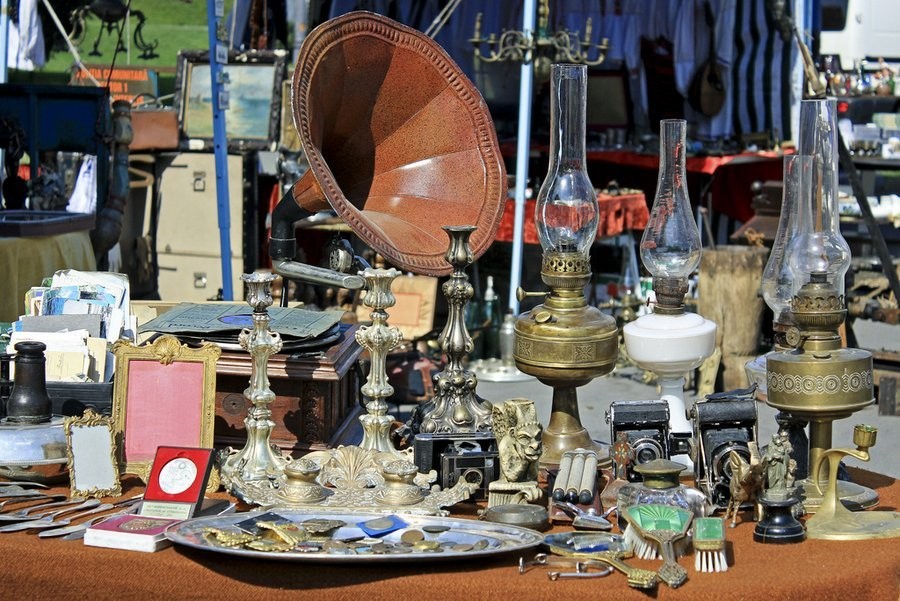Few visitors to Bucharest will leave without seeing the enormous horseback statue of Carol I - the first king of modern Romania - which appeared in front of the University Library in Piata Revolutiei at the end of 2010.
Looking directly at the former Royal Palace (now the National Art Museum), the statue is one of the largest in the city and unquestionably the most prominently positioned. But who was this Carol chap?
Born Karl Eitel Friedrich Zephyrinus Ludwig of Hohenzollern-Sigmaringen in Sigmaringen in southern Germany in 1839, Karl was an officer in the Prussian army until being invited by Romanian politician Ion Brătianu in 1866 to become the nascent country’s king.
Romania’s own royal, the authoritarian Prince Alexandru Ioan Cuza, had been exiled after falling out with the country’s politicians and most powerful families earlier in 1866. Scouring Europe for a suitable (non-Romanian) replacement, Brătianu sought the advice of Napoleon III, a relative by marriage of the Hohenzollern-Sigmaringen family. It was - allegedly - on Napoleon III’s recommendation that the young Karl was approached. Though reluctant, Karl was encouraged by his family to accept the offer, and Bratianu returned to Romania to make preparations.
Karl’s trip to Romania the next month was as bizarre as his somewhat random selection as the country’s king. Due to ongoing conflict between Prussia and the Austrian Empire, Karl travelled incognito by railroad from Düsseldorf to Budapest, under the name of Karl Hettingen. From Budapest he travelled by carriage, as there was no railroad to Romania. As he walked across the border onto Romanian soil, he was met by Brătianu, who bowed before him and asked Karl to join him in a carriage.
On 10 May 1866, Karl entered Bucharest. The news of his arrival had been transmitted through telegraph and he was welcomed by a huge crowd eager to see the new ruler. In Băneasa he was given the key to the city. That day, rain fell, ending a long period of drought – a favourable sign. As he was crowned, Karl swore ‘to guard the laws of Romania, to maintain its rights and the integrity of its territory.’
Not yet able to speak Romanian, he took the oath in French, but adopted the Romanian version of his name, Carol.
In his 48 years on the throne, Carol can be considered to have done rather well. He greatly assisted the cause of Romanian independence from the Ottoman Empire - which came in 1878 - raised the country’s prestige (not least at the 1906 Grand Exhibition, held in the Bucharest park which now carries his name), and - in the main - allowed politicians to run the economy without interference.
He never forgot he was German, however, and his pet project, the Peles Castle, Sinaia, was quite deliberately built in German style, as a reminder of the king’s origin. Carol’s German roots also caused much tension at the outbreak of World War I: his subjects were by and large sympathetic to the French. As a result, Romania kept out of the war until Carol died, in 1916.
Looking directly at the former Royal Palace (now the National Art Museum), the statue is one of the largest in the city and unquestionably the most prominently positioned. But who was this Carol chap?
Born Karl Eitel Friedrich Zephyrinus Ludwig of Hohenzollern-Sigmaringen in Sigmaringen in southern Germany in 1839, Karl was an officer in the Prussian army until being invited by Romanian politician Ion Brătianu in 1866 to become the nascent country’s king.
Romania’s own royal, the authoritarian Prince Alexandru Ioan Cuza, had been exiled after falling out with the country’s politicians and most powerful families earlier in 1866. Scouring Europe for a suitable (non-Romanian) replacement, Brătianu sought the advice of Napoleon III, a relative by marriage of the Hohenzollern-Sigmaringen family. It was - allegedly - on Napoleon III’s recommendation that the young Karl was approached. Though reluctant, Karl was encouraged by his family to accept the offer, and Bratianu returned to Romania to make preparations.
Karl’s trip to Romania the next month was as bizarre as his somewhat random selection as the country’s king. Due to ongoing conflict between Prussia and the Austrian Empire, Karl travelled incognito by railroad from Düsseldorf to Budapest, under the name of Karl Hettingen. From Budapest he travelled by carriage, as there was no railroad to Romania. As he walked across the border onto Romanian soil, he was met by Brătianu, who bowed before him and asked Karl to join him in a carriage.
On 10 May 1866, Karl entered Bucharest. The news of his arrival had been transmitted through telegraph and he was welcomed by a huge crowd eager to see the new ruler. In Băneasa he was given the key to the city. That day, rain fell, ending a long period of drought – a favourable sign. As he was crowned, Karl swore ‘to guard the laws of Romania, to maintain its rights and the integrity of its territory.’
Not yet able to speak Romanian, he took the oath in French, but adopted the Romanian version of his name, Carol.
In his 48 years on the throne, Carol can be considered to have done rather well. He greatly assisted the cause of Romanian independence from the Ottoman Empire - which came in 1878 - raised the country’s prestige (not least at the 1906 Grand Exhibition, held in the Bucharest park which now carries his name), and - in the main - allowed politicians to run the economy without interference.
He never forgot he was German, however, and his pet project, the Peles Castle, Sinaia, was quite deliberately built in German style, as a reminder of the king’s origin. Carol’s German roots also caused much tension at the outbreak of World War I: his subjects were by and large sympathetic to the French. As a result, Romania kept out of the war until Carol died, in 1916.






